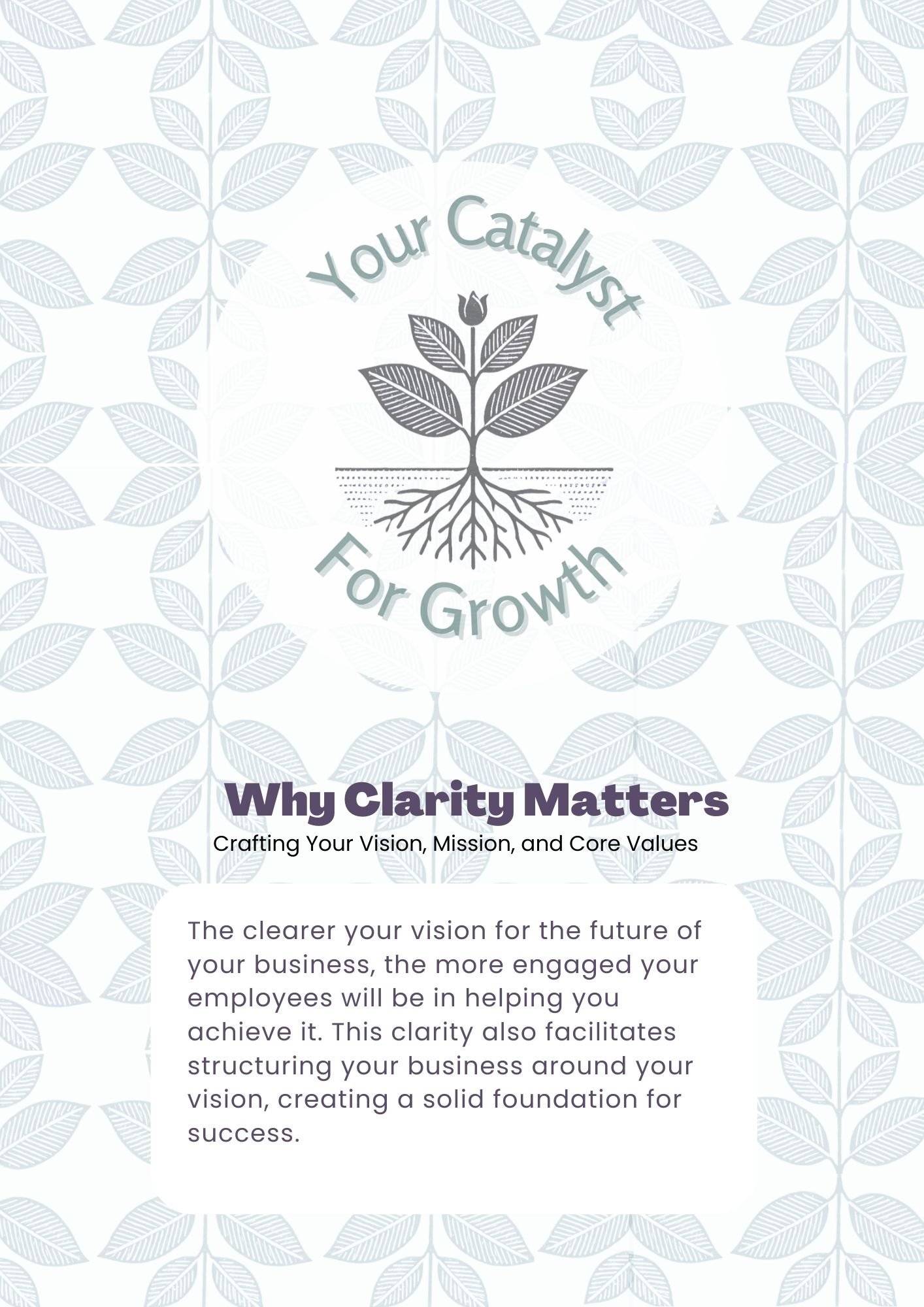3 Tips to Start the New Year with Intention
The New Year is here, and time isn’t slowing down for us to get organized and start this year off with intention. A new year can be a fresh start to finally tackle goals, shift perspectives, and create a vision for growing your business. However, if you don’t have an action plan, time will fly by, and your to-do list will grow even longer. Taking a day to strategize can make a world of difference in steering your business toward alignment with your vision.
Here are 3 tasks that I’ve found invaluable for building a strategy and moving your business forward:
1. Reflect and Journal About the Previous Year
It’s easy to dive straight into planning new services, offerings, and team changes, but often we repeat the same mistakes because we skip an essential step: reflecting on the past. Taking time to pause and ask yourself the right questions helps you identify what to grow from, what to let go of, and what to nurture.
Whether your business is just starting out, emerging, or expanding to the next level, these reflective questions can guide you:
What went well last year in your business?
How did it align with your company’s vision?
Do you have a clear understanding of your culture, values, and direction?
Do you have work-life balance?
What are the pros and cons of your current team?
What areas in your business require more of your time? What can you delegate?
How well are you managing your cash flow?
Choose three questions that resonate most, and write your answers in a journal. I’ve used the app Day One since 2016; its "On This Day" feature helps me revisit past experiences and see my progress.
Need help clarifying your vision? Download my workbook, “Clarity Matters,” available for free this month to get you on the right path toward leading with intention.
2. Set Goals for the Year Ahead
After reflecting on the past year, create three key goals for this one. I’ll admit, I’ve struggled with this step—my eyes are often bigger than my stomach, and I tend to overload myself with too many goals. When everything is important, nothing is.
Discipline yourself to focus on three goals that will benefit both your personal and professional growth. Once you’ve set them, map out a 12-month strategy to achieve them. Tools like ChatGPT can help you outline actionable plans for your goals. For example, if profitability is a goal, you could ask for a strategy to increase profits by a specific amount.
Remember, fewer, well-defined goals lead to clarity and momentum. Overcommitting often leads to stress and resentment—something I’ve learned the hard way.
3. Build Out Your 12-Month Cash Flow
Profitability begins with a clear understanding of your finances. A 12-month cash flow plan gives you a roadmap to make informed decisions and align your spending with your goals.
Why cash flow is crucial:
As a business owner, your cash flow is the foundation of every decision you make. Whether you’re considering hiring new staff, launching a product, or adjusting your pricing, your cash flow tells you what’s feasible.
I remember the first time I learned how to create a 12-month cash flow. I sank into my seat, feeling completely overwhelmed. Accounting and budgeting didn’t come naturally to me, and I procrastinated for days, thinking it was above my skill set. But I stuck with it, and over time, I not only got the hang of it—I saw how transformational it was for my business. If I could do it, I know you can too!
Here are a few steps to help you get started:
Analyze last year’s income, expenses, and profit margins.
Track your expenses consistently. Use a software like QuickBooks, or at least track them weekly to avoid surprises and fraud.
Identify high-cost areas or missed revenue opportunities. Were there products or services that didn’t pull their weight? Could existing offerings have been marketed better?
Set clear profit goals and break them into quarterly and monthly targets.
Create a detailed budget. Use last year’s expense history to plan fixed and variable costs.
Cut unnecessary costs. List subscriptions, products, or services you no longer need. This step often reveals "low-hanging fruit" that can boost your bottom line without major effort.
Optimize pricing. Ensure your rates reflect your value and cover your costs.
Boost efficiency. Eliminate waste or automate repetitive tasks. For example, in our salon, we reduced color waste by creating a measuring chart, which saved over $400 in one month.
Updating your cash flow monthly and breaking it into weekly budgets ensures you stay on track. Though creating a cash flow can feel daunting, trust me, it gets easier—and the rewards far outweigh the discomfort.
As Mike Michalowicz says in Profit First, "Profit is not an event. Profit is a habit."
Bonus Step: Create Your 12-Month Marketing Plan
If you’ve implemented the steps above, take your strategy further by creating a marketing plan. Reflect on what worked last year and build a plan to nurture those successes.
Seth Godin redefines marketing as "the generous act of helping someone solve a problem." Who is your audience, and what problem are you solving for them? Building trust and delivering value fosters lasting relationships.
Let’s Strategize Together
If you have questions or want help strategizing your goals, let’s connect. A fresh perspective and a little guidance can make all the difference. I am only a discovery call away. Book your free discovery call today!







